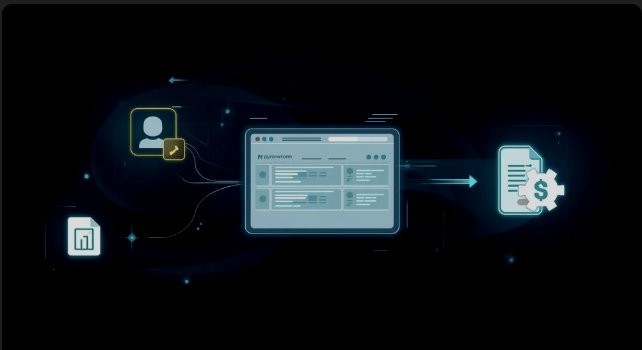
How might implementing Howard Gardner's Multiple Intelligence Theory inprove young people's education?
Implementing Howard Gardner's Multiple Intelligences (MI) Theory can significantly enhance the educational experience for young people by catering to their diverse strengths and learning styles. Here’s how applying MI theory could benefit education:
-
Personalized Learning Approaches: MI theory encourages educators to identify and understand the unique intelligences of each student—be it linguistic, logical-mathematical, spatial, bodily-kinesthetic, musical, interpersonal, intrapersonal, or naturalistic. This understanding allows for tailored teaching methods that align with each student's natural predispositions, potentially increasing engagement and effectiveness.
-
Enhanced Engagement and Motivation: By engaging students through their strongest intelligences, teachers can make learning more enjoyable and relatable. For instance, a student strong in bodily-kinesthetic intelligence might learn better through physical activities or hands-on experiments, making lessons more engaging for them.
-
Development of Diverse Skills: Applying MI theory doesn’t mean neglecting less dominant intelligences. Instead, it provides opportunities to develop these areas in supportive ways. For example, using musical intelligence to teach mathematical concepts can help students with strong musical skills but weaker logical-mathematical abilities.
-
Improved Problem-Solving Skills: MI theory promotes the use of multiple perspectives to approach problems, encouraging students to use different intelligences to find solutions. This approach fosters critical thinking and creativity, crucial skills in today's diverse and dynamic world.
-
Better Social Integration: Understanding and valuing different intelligences can foster a more inclusive and respectful classroom environment. Students learn to appreciate their peers’ varied talents and perspectives, which enhances teamwork and empathy.
-
Preparation for Real-World Challenges: The real world values diverse abilities and ways of thinking. Educating young people through the lens of MI theory prepares them for real-life challenges by valuing their unique strengths and teaching them to leverage these in various contexts.
-
Reduction in Labeling and Stigmatization: Traditional IQ tests and methods often label students as underperformers, which can affect their self-esteem and motivation. MI theory helps in recognizing that each student has their own strengths, potentially reducing negative labeling and encouraging a more positive self-view.
Implementing MI theory in education requires flexibility in curriculum design, teacher training, and assessment methods, but the benefits of such an approach in nurturing well-rounded, confident, and competent individuals are significant. This aligns with a broader view of education, one that values individual strengths and prepares students not just academically but holistically for the challenges of life.

















Leave a Reply